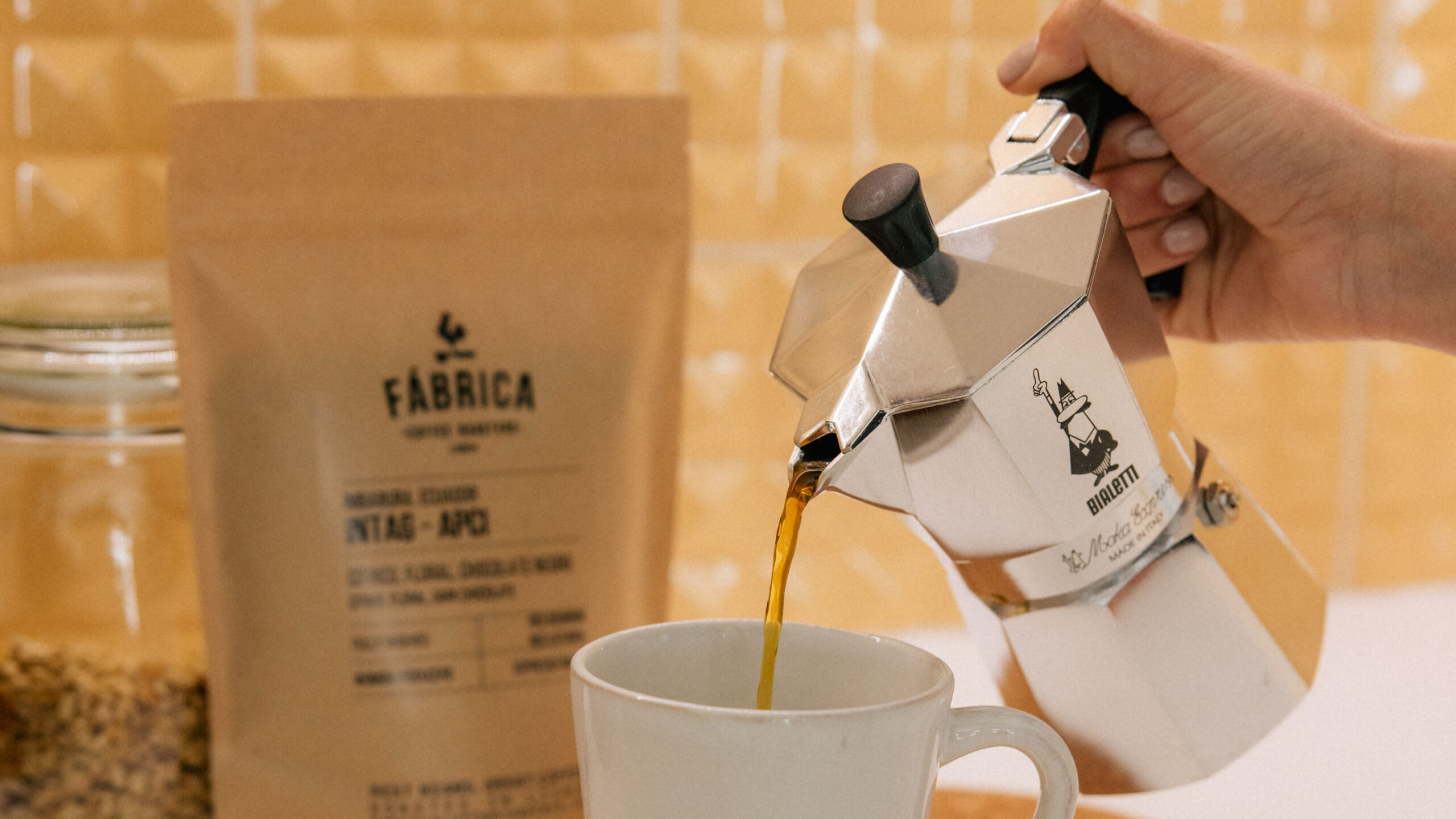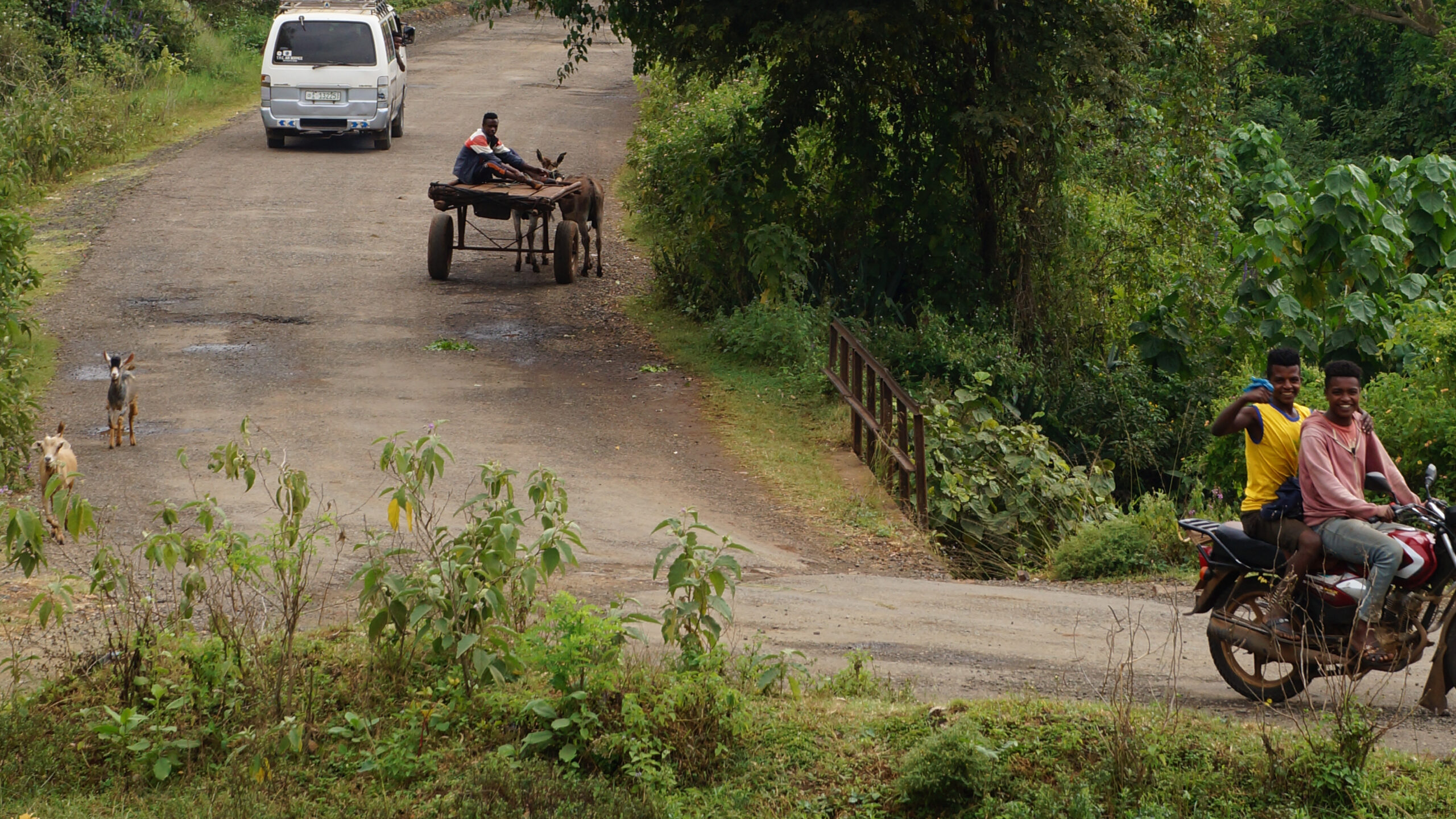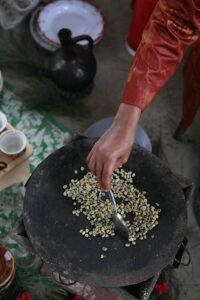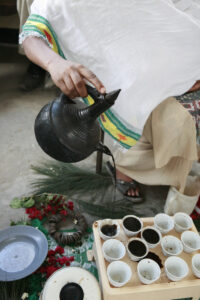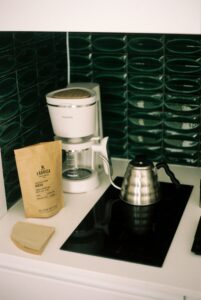With nearly a century of history and millions of units sold worldwide, the Moka Pot is a defining symbol of Italian coffee culture and a staple in Portuguese kitchens.
We decided it was time to dedicate one of our articles to the Moka Pot. In this piece, we’ll dive into its history and share a few simple tips to help you improve your brew.
Considering that this brewing methot is meant to be quick, easy, and efficient, we promise to keep things practical—no overly complicated tricks. Let’s see what you think!
The History of the Moka Pot

Created in the 1930s in Italy by Alfonso Bialetti, the Moka Pot quickly an icon of both coffee and design. Its name pays homage to Mocha, the Yemeni city that was once the main exporter of coffee to Europe, and its shape was inspired by an old-school washing machine.
With its bold octagonal form, polished aluminum body, and focus on functionality, the design reflects Futurism’s fascination with modernity. Like the movement itself, the Moka Pot blends art and technology, turning the act of making coffee into a dynamic ritual.
The Moka Pot isn’t just a household essential. Additionally, it’s a recognized design masterpiece, earning a spot in renowned museums like MoMA and the Triennale Design Museum. Its timeless aesthetic and cultural impact have cemented its place as a 20th-century industrial design icon.
However, while Moka’s original model was crafted from aluminum—an affordable and lightweight material at the time— nowdays it’s different. Modern concerns about its potential toxicity have led to the production of stainless steel versions. This version offeres a safer and more durable alternative without compromising the Moka Pot’s classic look.
How Does It Work?
Among the many coffee brewing methods, some, like the V60, rely on gravity, while others, like the French Press, work through immersion. Then, we have pressure-based methods, like espresso and, of course, the Moka Pot. Here’s how it works:
- Water Heats Up – Fill the bottom chamber with water and place it on a heat source.
- Pressure Builds – As the water heats, steam forms, increasing pressure and pushing hot water up through the coffee grounds.
- Extraction Happens – The pressurized water extracts the coffee’s flavors as it passes through the grounds.
- Coffee Collects – The brewed coffee rises through a central spout and gathers in the top chamber, ready to be poured.

How to Improve Your Moka Pot Coffee
The Moka Pot is meant to be a simple and quick brewing method—just add water, fill the basket with coffee, assemble the pot, and place it on the stove. While it brews, you still have time to make breakfast or freshen up.
With that in mind (and without overcomplicating things), we did some research to see how we can enhance the brew and avoid the common burnt taste. Here are some key tips:
- Use Hot Water – Start with boiling water instead of cold. This reduces brewing time and prevents the coffee from being exposed to excessive heat, which helps avoid that burnt flavor.
- Don’t Tamp the Grounds – Fill the basket evenly, tapping it gently on the counter to level the coffee. However, never compact the grounds with a tamper or spoon—unlike an espresso machine, the Moka Pot doesn’t generate enough pressure to handle compacted coffee.

- Use a Slightly Coarser Grind – Avoid using a fine espresso grind. Since the Moka Pot doesn’t reach high pressure levels, a medium-fine grind (similar to an AeroPress) ensures even extraction.
- Keep the Lid Open – As James Hoffmann says in his Moka Pot video, “a watched pot is a good pot.” Keeping the lid open lets you see exactly when the coffee is ready, helping you avoid the final steam burst that can over-extract the coffee and make a mess.
- Try an AeroPress Paper Filter – A common trick for improving the Moka Pot’s performance is adding a paper filter. Wet an AeroPress filter and place it over the existing metal filter before assembling the pot. This helps trap fine particles, resulting in a cleaner, smoother cup.
- Keep your Moka Pot clean – Contrary to the urban myth that you shouldn’t wash your Moka Pot because it “keeps the coffee’s oils,” here’s the truth: you should definitely wash it! Old, reheated coffee oils degrade over time and can negatively impact the flavor of your brew.
- Store It Unassembled – After washing, never store your Moka Pot tightly screwed together. Keeping it open allows it to fully dry, prevents unwanted moisture buildup, and helps preserve the rubber gasket, keeping it in top condition.
Conclusion
The Moka Pot is a practical and timeless coffee maker—an essential in kitchens worldwide, a unique design piece, and an excellent brewing method.
In this article, we’ve seen how small adjustments, like properly cleaning and storing your Moka Pot or starting the brewing process with hot water, can enhance your coffee’s quality without requiring extra effort or a change in routine. For more tips check our brewing guides.
Next time you brew your Fábrica coffee, try out some of our tips and let us know how it turns out!
